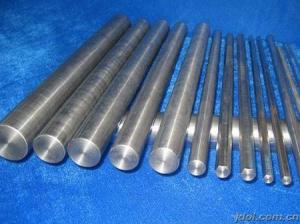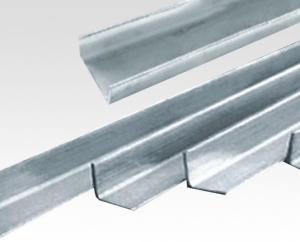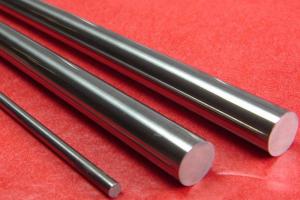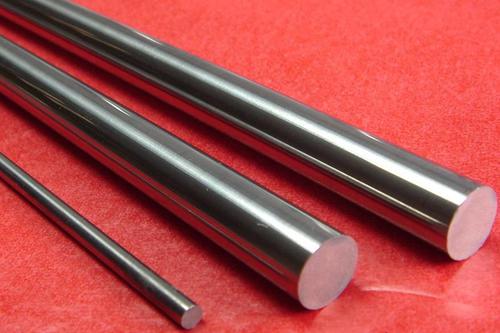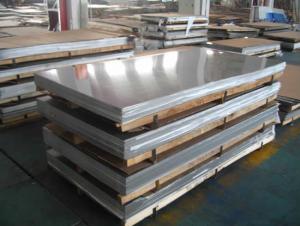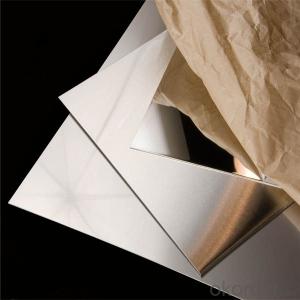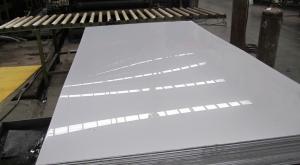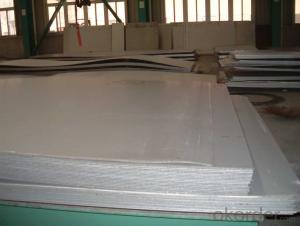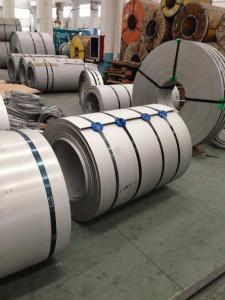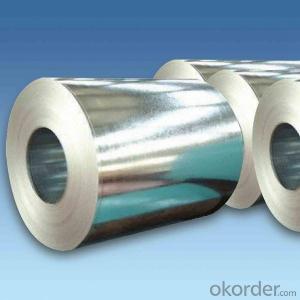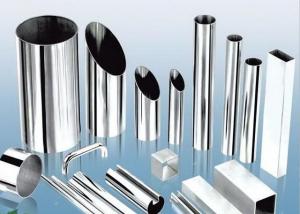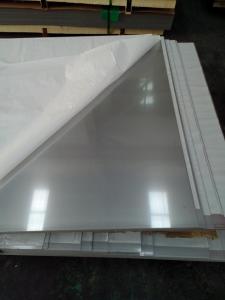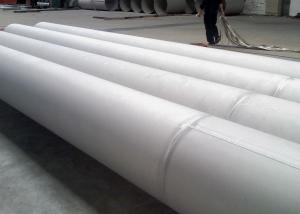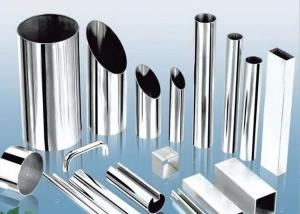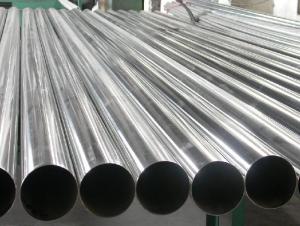High Quality Stainless Steel Profile with Better Price 304
- Loading Port:
- Shanghai
- Payment Terms:
- TT OR LC
- Min Order Qty:
- 50 m.t.
- Supply Capability:
- 5000 m.t./month
OKorder Service Pledge
OKorder Financial Service
You Might Also Like
Product Introduction of High Quality Stainless Steel Profile with Better Price 304:
Our Stainless Steel products including the stainless steel sheet/plate, stainless steel coil, stainless steel rod/bar, stainless steel angle, stainless steel strip, stainless steel flat, carbon steel products and alloy steel materials. It also can supply the processing of surface, like No.4, BA, HL, SB, 8K, and so on.
Loading Quantity of High Quality Stainless Steel Profile with Better Price 304: 25 Tons/20FCL.
Grade of High Quality Stainless Steel Profile with Better Price 304: 201, 306, 316 Etc.
Delivery Time of High Quality Stainless Steel Profile with Better Price 304: 20 days Per Container.
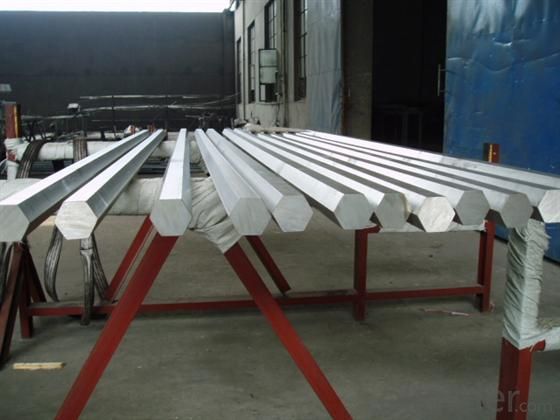
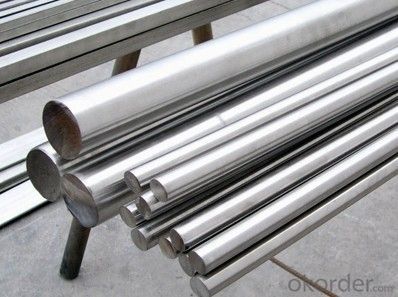
Application of High Quality Stainless Steel Profile with Better Price 304:
| Finish | Thickness | Characteristics | Applications |
| No. 1 | 3.0mm~50.0mm | Finished by hot-rolling, annealing and pickling, characterized by white pickled surface | Chemical industry equipment, Industrial tanks |
| No. 2B | 0.3mm~6.0mm | Finished by heat treatment, pickling after cold rolling, followed by skin pass line to be more brighter and smooth surface | General Application Medical Instruments,Tableware |
| No. BA (Bright Annealed) | 0.5mm~2.0mm | Bright heat treatment after cold rolling | Kitchen utensil, kitchen ware,architectural purpose |
| No. 4 | 0.4mm~3.0mm | Polishing with No. 150 to No.180 mesh abrasivesThe most popular finishes | Milk & Food processing acilities, Hospital Equipment, Bath-tub |
| HL(Hair Line) | 0.4mm~3.0mm | Finished by continuous linear polishing | Architectural purposes, escalators, kitchen ware vehicles |
Packaging & Delivery of High Quality Stainless Steel Profile with Better Price 304
| Packaging Detail: | standard seaworthy export package or as customers required |
| Delivery Detail: | Normally according to the order quantity or upon negotiation. |
Specification:
1).Standard : GB,ASTM,AISI,JIS,SUS,EN
2).Material : 304,304L,304N,304LN,301,305,309S,310S,316,316L,316N,316LN,316Ti,
317,317L,321,347,201,202
3).Outside Diameter: From 4mm to 2500mm(1/8''inch-120''inch)
4).Wall Thickness : Sch5S-SchXXS(1mm-150mm)
5). Length : 3m,4m,5.8m,6m,12m or as required
6). Chemical composition:
7).Surface :Annealing ,polish,pickling,bright ,sand blast ,etc
8).Packing: 1.plastic cap with both ends 2.steel strip bundled package3.wooden case,wooden
pallet package4.container or bulk 5. as customers' requestment
9).Application:petroleum ,chemical industry,bolier ,heat exchange,high temperature
resistant transmission fluid pipe in power station,ship with pressure pipe,construction
and so on
FAQ
Q: CAN YOU PROVIDE MILL TEST CERTIFICATE?
A: YES! Mill Test Certificate for High Quality Stainless Steel Profile with Better Price 304 are available.
Q: CAN YOU MAKE DDQ (DEEP DRAWING QUALITY)?
A: YES. Our material has been widely used for producing Stainless Steel Pots and Stainless Steel Sinks, which have strict request for good deep drawing quality.
Q: HOW TO GET A SAMPLE?
A: FREE samples for High Quality Stainless Steel Profile with Better Price 304 are available for your checking and testing. And to get free samples, you need to send us you detailed receiving address (including post code) and your DHL/FedEx/UPS account for collecting samples, courier cost will be paid in your side.
- Q: What are the different thickness tolerances for stainless steel sheets?
- The different thickness tolerances for stainless steel sheets can vary depending on the specific grade and type of stainless steel being used. Generally, the industry standard tolerances for stainless steel sheets range from +/- 0.005 inches to +/- 0.010 inches for thinner sheets, and from +/- 0.010 inches to +/- 0.015 inches for thicker sheets. These tolerances ensure that the thickness of the stainless steel sheets remains within an acceptable range for various applications, including construction, automotive, and manufacturing industries. However, it is important to note that specific tolerances may vary depending on the manufacturer or supplier, as well as the intended use of the stainless steel sheets. Therefore, it is always advisable to consult the relevant specifications provided by the manufacturer or supplier to determine the exact tolerances for a particular stainless steel sheet.
- Q: What is the difference between brushed and polished stainless steel sheets?
- The main difference between brushed and polished stainless steel sheets lies in their surface finish. Brushed stainless steel sheets have a textured, linear pattern created by brushing the surface with abrasive materials, giving it a matte appearance. On the other hand, polished stainless steel sheets have a smooth, reflective surface achieved by polishing the steel with a fine abrasive compound.
- Q: What do stainless steel 304 industrial surfaces refer to?
- Acid washing: pickling is the removal of oxide and rust on the surface of iron and steel by means of acid solutions. The parts are usually immersed in aqueous solutions such as sulfuric acid to remove oxides such as oxides on the metal surface. It is the pretreatment or intermediate treatment of electroplating, enamel and rolling etc..
- Q: Can stainless steel sheets be used for water purification systems?
- Water purification systems can utilize stainless steel sheets. Due to its resistance to corrosion, durability, and hygienic properties, stainless steel is commonly chosen as a material for water purification systems. It can withstand harsh environmental conditions without rusting, making it suitable for long-term use in water treatment applications. Furthermore, stainless steel does not react with water, ensuring the purity and safety of the treated water by not leaching harmful substances. Its smooth and non-porous surface is easy to clean and maintain, reducing the risk of bacterial growth and contamination. In conclusion, stainless steel sheets are an excellent option for constructing various components of water purification systems, such as tanks, filters, and pipes.
- Q: What's the difference between cold rolling and hot rolling of stainless steel plate?
- Hot rolling is relative to cold rolling, cold rolling is performed under recrystallization temperature, while hot rolling is rolling above recrystallization temperature.
- Q: What is the elongation percentage of stainless steel sheets?
- The elongation percentage of stainless steel sheets can vary depending on the specific grade and thickness of the material. Generally, stainless steel sheets have a moderate elongation percentage, typically ranging from 40% to 60%. However, certain grades of stainless steel with higher nickel content, such as austenitic stainless steel, can exhibit greater elongation percentages, often exceeding 60%. It is important to note that elongation percentage is a measure of the material's ability to deform plastically before fracturing, indicating its ductility.
- Q: What are the different types of perforated finishes available for stainless steel sheets?
- There are several different types of perforated finishes available for stainless steel sheets, each offering a unique look and functionality. 1. Round Hole: This is the most common type of perforated finish for stainless steel sheets. It features evenly spaced round holes that provide a modern and clean aesthetic. 2. Square Hole: Similar to the round hole finish, square holes are evenly spaced but have a square shape. This finish is often chosen for its simple yet distinctive appearance. 3. Slotted Hole: Slotted hole perforated finishes have elongated holes, which can be either straight or staggered. This type of finish is often preferred for its decorative appeal and ability to provide excellent ventilation. 4. Hexagonal Hole: Hexagonal hole perforated finishes have six-sided holes, offering a visually appealing and unique pattern. This finish is commonly used in architectural applications to create a modern and eye-catching design. 5. Decorative Patterns: In addition to the standard hole shapes mentioned above, stainless steel sheets can also be perforated with various decorative patterns. These patterns can include floral designs, abstract shapes, or custom designs, allowing for a truly unique and personalized finish. It is important to note that the choice of perforated finish depends on the intended use of the stainless steel sheet. Factors such as the desired appearance, functional requirements (such as ventilation or filtration), and the specific application will all influence the selection of the appropriate perforated finish for stainless steel sheets.
- Q: What is the water resistance of stainless steel sheets?
- The water resistance of stainless steel sheets can vary depending on the grade and finish of the stainless steel. Generally, stainless steel has good resistance to water, making it suitable for various applications in wet and humid environments. Stainless steel is inherently corrosion-resistant due to its chromium content, which forms a protective oxide layer on the surface of the steel. This oxide layer acts as a barrier, preventing water and other corrosive substances from reaching the underlying metal. However, the water resistance can be further enhanced by choosing stainless steel grades with higher corrosion resistance, such as 316 or 904L. Additionally, the surface finish of the stainless steel sheets can affect their water resistance. Smooth and polished finishes tend to have better water resistance compared to rougher finishes, as they provide fewer crevices for water to accumulate and potentially cause corrosion. Overall, stainless steel sheets offer good water resistance and are widely used in applications such as marine environments, food processing facilities, and outdoor architectural structures.
- Q: Are stainless steel sheets suitable for medical applications?
- Yes, stainless steel sheets are suitable for medical applications. Stainless steel is a commonly used material in the medical industry due to its excellent corrosion resistance, durability, and ease of sterilization. It is utilized in various medical instruments, implants, surgical tools, and equipment where hygiene and biocompatibility are essential requirements.
- Q: How do you prevent rusting on stainless steel sheets?
- To prevent rusting on stainless steel sheets, you can implement a few preventive measures such as keeping the sheets clean and dry, avoiding exposure to corrosive substances, applying a protective coating or passivation treatment, and ensuring proper ventilation to minimize moisture buildup.
Send your message to us
High Quality Stainless Steel Profile with Better Price 304
- Loading Port:
- Shanghai
- Payment Terms:
- TT OR LC
- Min Order Qty:
- 50 m.t.
- Supply Capability:
- 5000 m.t./month
OKorder Service Pledge
OKorder Financial Service
Similar products
Hot products
Hot Searches
Related keywords
